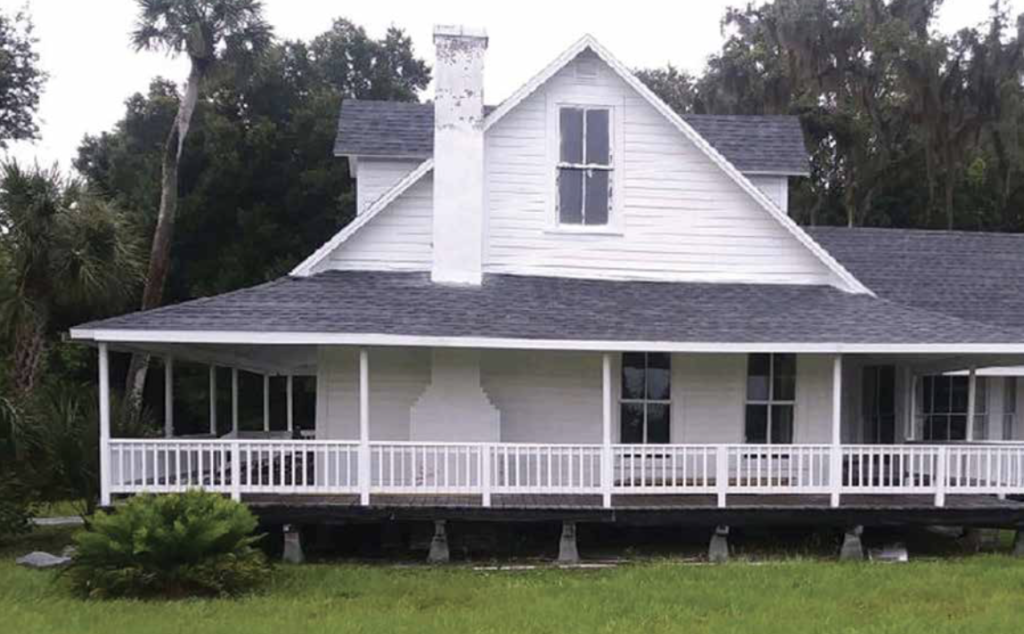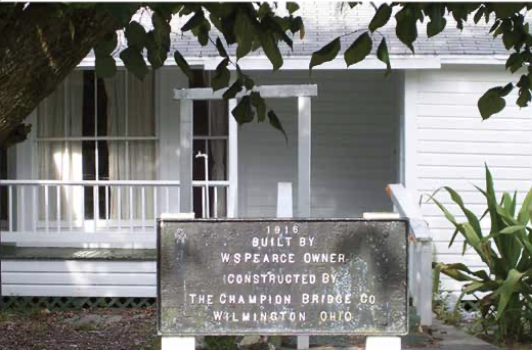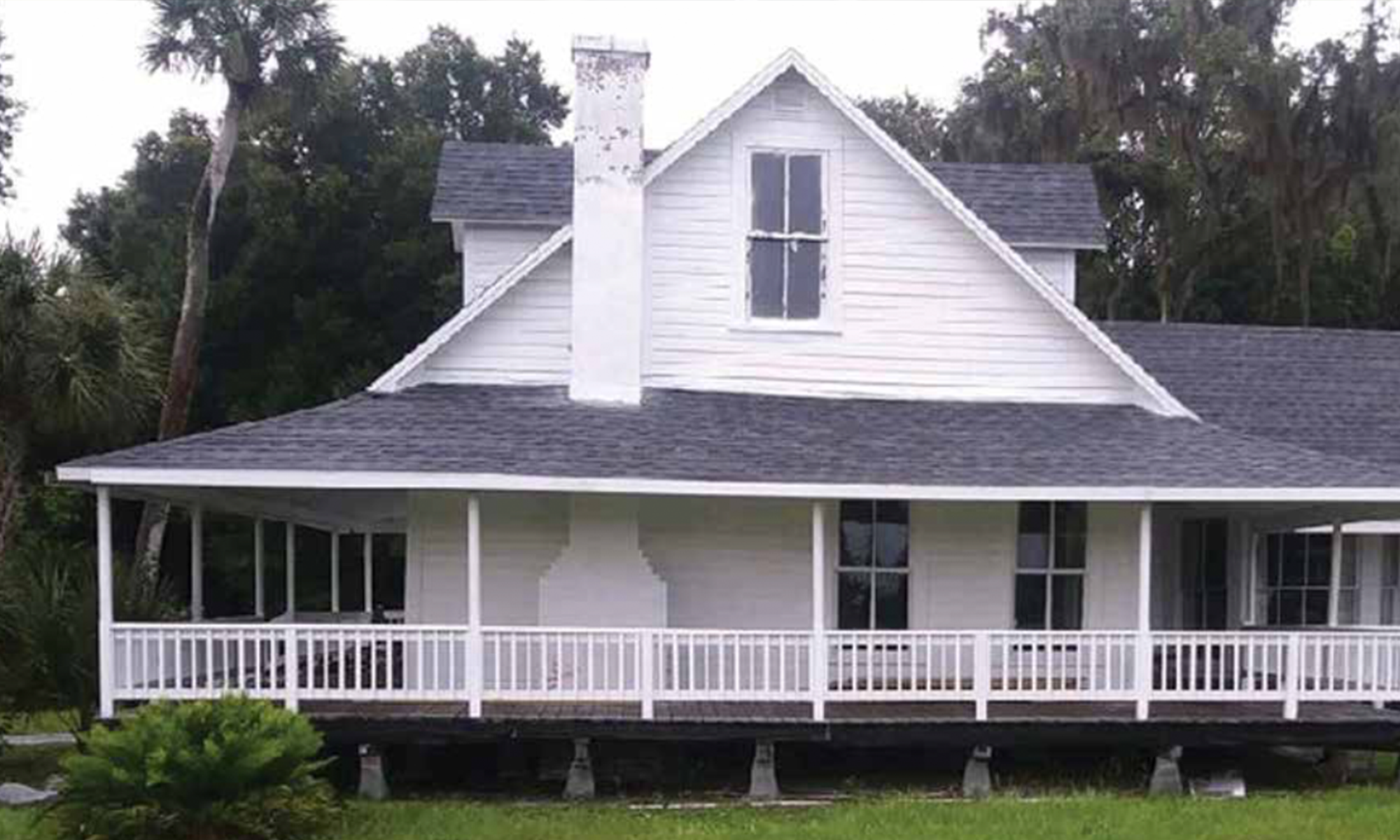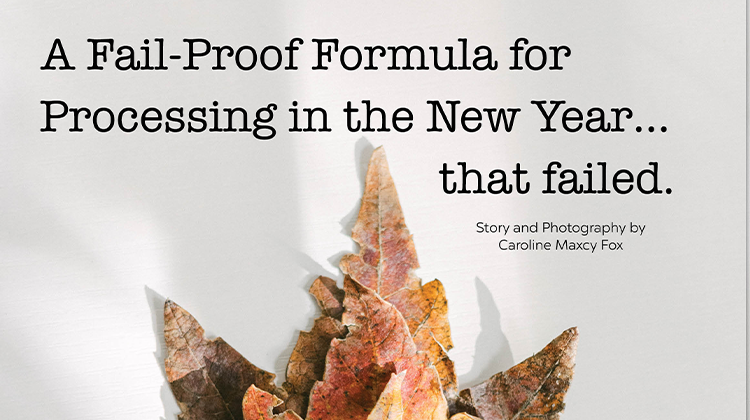By Elaine Levey
Photos Courtesy of Sebring Historical Society
Visiting the Edna Pearce Lockett Estate is a step back in time to John Mizell Pearce, founder of the present-day Pearce Homestead almost 150 years ago. In 1874, he was deeded 157 acres through the Internal Improvement Fund of the State of Florida for a homestead after serving in the Confederate States Army and at the conclusion of the Civil War. The property was located on the Kissimmee River at Fort Basinger. John moved his family and cattle business to the homestead that included an abandoned fort. The Pearce Homestead is now in the hands of private owners to give new life to a historical legacy.
The abandoned military fort was built for Zachary Taylor in 1837 to fight the Seminole Indians. The fort was named Fort Basinger for a young U.S. Army man, Lieutenant William E. Basinger who was killed at the Dade City massacre. The fort served as a supply facility for foot soldiers on their way to Okeechobee.
John and his wife Martha raised nine children on the homestead. The children were active in the family’s cattle business and some settled on the property in later years. The homestead is one of the earliest settlements in Highlands County and Central Florida and is on the National Registry of Historic Places.
The first Pearce home was built of pine logs and was abandoned after a period of time for a new and larger home using boards instead of logs and was replaced with the present home around the turn of the century.
Along with cattle ranching, John ferried travelers across the Kissimmee River to the town of Basinger a thriving community on the Okeechobee side. Fort Basinger on the Highlands side was also a thriving community having 500 settlers, five general stores, three blacksmith shops, a harness and shoe shop and post office. It was a typical cow town. Both communities are gone.
The Steamboat Era
In the 1880s, the Kissimmee River was dredged to provide steamboat service to those living along the river. This was a giant leap for transportation in this settlement. Steamboats came from the town of Kissimmee. There were three weekly steamboats stopping at landings up and down the river delivering goods and supplies and taking orders. Fruit was hauled by steamboats up the river to Kissimmee for packing and then shipped by rail. The steamboats also provided passenger service.
The landings were a place to meet new people and learn the latest world news and gossip up and down the river. Captain John owned and operated the last steamboat on the river—the “Mary Belle”. The era of steamboats was pretty much gone by 1915 due to massive highway construction, automobiles and railroads.
In 1894, Sid, son of John and Martha, married Mellie Virginia Hollingsworth of Arcadia. They had four children; Leland Clifford, Ruth, Pearl and Edna Mae. When Sid’s father John Mizell died in 1897, Sid and his mother took over the cattle business. His mother built the frame house that remains today.
At his mother’s death in 1911, Sid continued to manage the business. He followed in is father’s footsteps in law enforcement and continued ferrying people across the Kissimmee River as his father had done. Sid donated the land and building for the first Fort Basinger School in 1910 ad had the first bridge built across the Kissimmee River in 1916 by the Champion Bridge Company of Wilmington, Ohio.
At her brother Clifford’s death in 1934 due to an automobile accident, Edna and her sister’s and sister-in-law became more involved in running the family business. Her father, Sid, had retired. She continued the family business occupying the house her grandmother had built.
Edna Pearce “Lady of the House”
Edna became one of Florida’s largest cattle owners. She raised several thousand head of both range and Brahman cattle. She used her father’s P-4 cattle brand. She was the first to herd cattle with a helicopter in Highlands County looking for stray cattle. Edna and her sister Pearl founded the Highlands County Cattlemen’s Association and she was a founding board member of Highlands General Hospital.
Edna was a distinguished cattle rancher, an effective legislator and a pioneer for women. She was born at Fort Basinger, Fla. to a Central Florida pioneer family. She grew up on the family’s ranch near the Kissimmee River and was a teacher at the Fort Basinger School. She received the Florida Agricultural Hall of Fame award in 1998.
Edna was the third woman to serve in the Florida House of Representatives. She served three terms –1950-1953 and was known as the “Lady of the House.” She sponsored a transportation bill to pave U.S. Highway 98, and the construction of a new bridge across the Kissimmee River to replace the bridge that her father had built in 1916.
The Kissimmee River Bridge was completed in 1953 and dedicated in honor of her father, William Sydney Pearce.
Edna Pearce Lockett ended her legislative career when she married William J. Lockett, a London wool broker, in 1953. While living in England for the next five years, she returned home twice a year to maintain her cattle business. When her husband retired they returned to her home, the Edna Pearce Lockett Estate, where she continued to run the ranch through her retirement years.

Edna Pearce Lockett Estate












